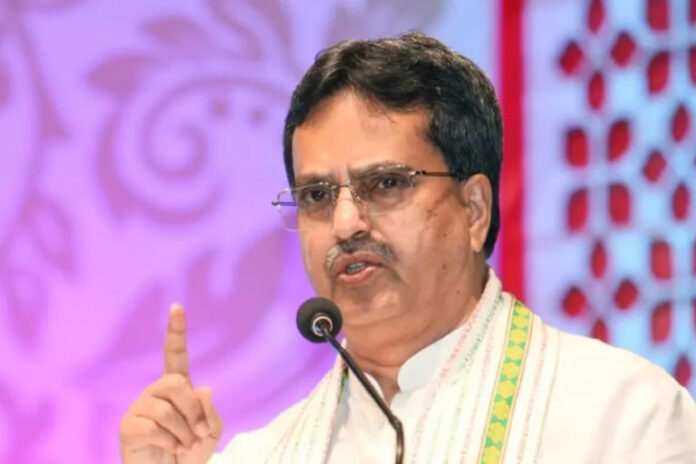The Chief Minister of Tripura, Manik Saha, has announced plans to merge over 160 schools with low student enrollment into nearby schools. This decision, while pragmatic in addressing operational inefficiencies, has sparked debates regarding its impact on access to education and the quality of learning for students across the state.
Tripura, like many states in India, faces challenges in managing a dispersed population and ensuring quality education in remote areas. The consolidation of schools with low student numbers is part of a broader strategy to rationalize resources and enhance educational standards. Chief Minister Manik Saha emphasized the need for efficient utilization of government resources to provide better facilities and teaching staff to students.
The rationale behind merging schools with low enrollment numbers lies in optimizing infrastructure, reducing administrative costs, and ensuring that every student receives adequate educational resources. By consolidating schools, the government aims to concentrate resources on fewer institutions, thereby improving facilities, access to quality teachers, and extracurricular opportunities for students.
Critics, however, raise concerns about the potential impact of school mergers on accessibility and educational outcomes, especially in remote and underserved areas. They argue that consolidating schools could lead to longer travel times for students, particularly in hilly and geographically challenging regions. Moreover, the closure of local schools could disrupt community dynamics and reduce educational opportunities for children from marginalized or economically disadvantaged backgrounds.
Chief Minister Manik Saha’s administration has assured that the merger process will prioritize maintaining access to education and minimizing disruptions for students. Efforts will be made to ensure that students affected by school mergers are accommodated in nearby schools with adequate facilities and resources. Additionally, measures will be taken to address transportation issues and provide support to teachers and staff affected by the consolidation.
The decision to merge schools also underscores the broader challenges faced by India’s education system, where ensuring equitable access to quality education remains a persistent goal. In Tripura, as in other states, disparities in educational infrastructure and resources between urban and rural areas pose significant obstacles to achieving universal education standards. The consolidation of schools represents one approach to addressing these disparities, albeit one that requires careful planning and community engagement to mitigate potential drawbacks.
Moreover, the effectiveness of school mergers in improving educational outcomes hinges on comprehensive planning and robust monitoring mechanisms. The government’s commitment to reallocating saved resources towards enhancing educational quality, including teacher training and infrastructure development, will be crucial in determining the success of this initiative.
From a policy perspective, the decision to merge schools with low enrollment reflects a broader trend towards rationalizing public services and optimizing government spending. In an era of fiscal constraints and increasing demands on public resources, governments are under pressure to streamline operations while maintaining service delivery standards. The consolidation of schools in Tripura exemplifies this approach, aiming to achieve greater efficiency and effectiveness in the education sector.
Looking ahead, the implementation of school mergers in Tripura will be closely watched to assess its impact on educational access, quality, and equity across the state. As stakeholders continue to debate the merits and challenges of consolidation, the outcomes of this initiative will provide valuable insights into shaping future education policies and practices in India.
In addition, Chief Minister Manik Saha’s decision to merge over 160 schools in Tripura with low student enrollment underscores the government’s commitment to improving educational efficiency and quality. While the move aims to rationalize resources and enhance educational outcomes, it also raises important questions about access to education and community impact. As the consolidation process unfolds, stakeholders will need to collaborate closely to address concerns and ensure that every child in Tripura has access to a quality education that prepares them for future success.




